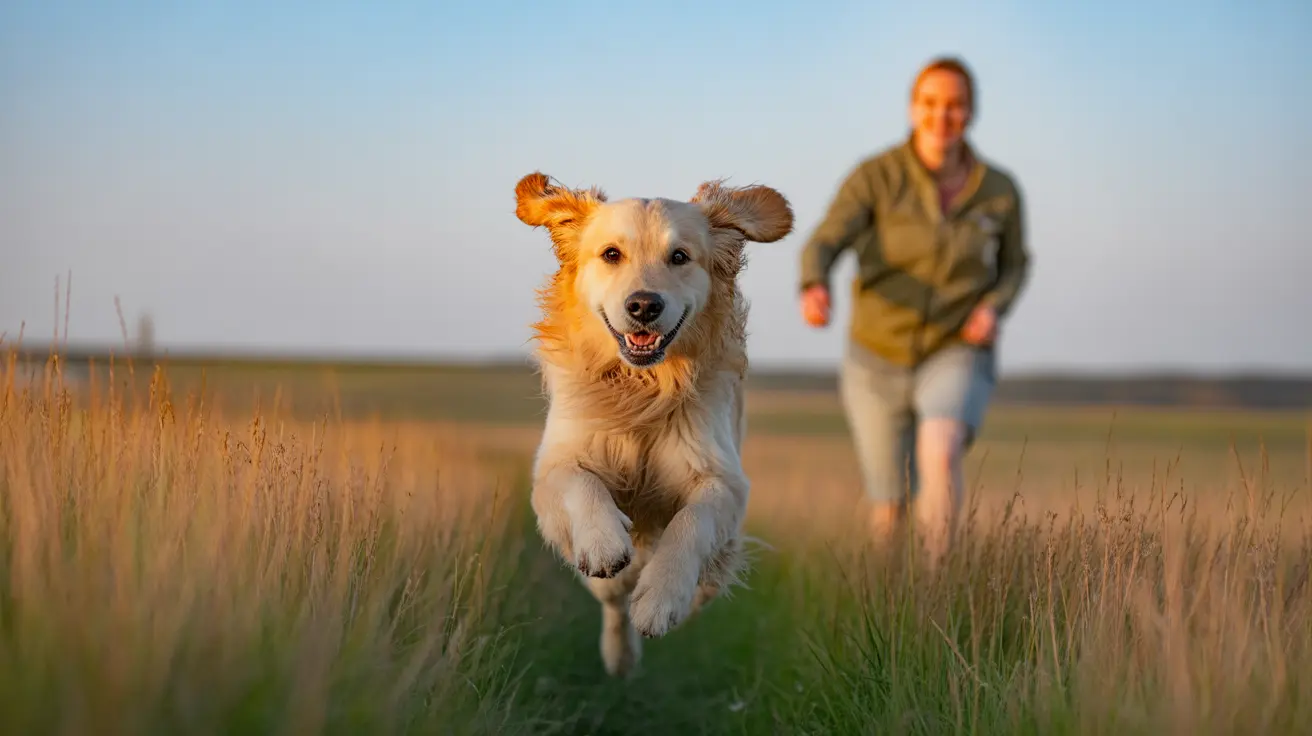Intervertebral Disc Disease (IVDD) in dogs is a serious spinal condition that affects thousands of pets each year, particularly certain breeds like Dachshunds and Corgis. This comprehensive guide will help you understand the causes, symptoms, and treatment options for IVDD, enabling you to make informed decisions about your pet's care.
Whether you're a concerned pet parent or seeking to learn more about this condition, understanding IVDD is crucial for early detection and optimal treatment outcomes. Let's explore everything you need to know about this common canine spinal disorder.
Understanding IVDD and Its Types
IVDD occurs when the cushioning discs between your dog's vertebrae either degenerate or herniate, potentially causing severe pain and neurological issues. There are two main types of IVDD:
Type I IVDD involves sudden disc rupture, commonly affecting younger dogs of chondrodystrophic breeds. This acute condition can occur with minimal trauma, even during regular daily activities.
Type II IVDD develops gradually, typically affecting older and larger breeds. This form involves slow disc bulging that progressively puts pressure on the spinal cord.
High-Risk Breeds and Prevention
While any dog can develop IVDD, certain breeds face significantly higher risks:
- Dachshunds (25% lifetime risk)
- Beagles
- Welsh Corgis
- Shih Tzus
- Miniature Poodles
Prevention strategies include maintaining healthy weight, using ramps instead of stairs, and preventing jumping from furniture. Regular veterinary check-ups can help catch early signs of spinal problems.
Recognizing IVDD Symptoms
Early detection is crucial for successful treatment. Watch for these warning signs:
- Reluctance to move or jump
- Visible pain or discomfort in the back or neck
- Abnormal posture or hunching
- Weakness in legs, especially hind limbs
- Dragging paws while walking
- Loss of bladder or bowel control
- Paralysis in severe cases
Diagnosis and Treatment Options
Veterinarians diagnose IVDD through physical examination, neurological assessment, and advanced imaging like MRI or CT scans. Treatment approaches vary based on severity:
Conservative Management
- Strict rest for 4-6 weeks
- Pain medication and anti-inflammatories
- Physical therapy
- Activity restriction
Surgical Intervention
- Recommended for severe cases
- Removal of herniated disc material
- Success rates up to 90% with early intervention
- 6-8 weeks recovery period
Recovery and Rehabilitation
Recovery from IVDD requires patience and dedication. A comprehensive rehabilitation program may include:
- Physical therapy exercises
- Hydrotherapy
- Massage and acupuncture
- Assistive devices when needed
- Gradual return to activity
Frequently Asked Questions
What are the early signs and symptoms of IVDD in dogs that pet owners should watch for?
Early signs include reluctance to move, visible pain when touched, difficulty jumping or climbing stairs, and unusual posture. Any sudden changes in mobility or signs of back pain warrant immediate veterinary attention.
Which dog breeds are most at risk for developing intervertebral disc disease (IVDD)?
Chondrodystrophic breeds (dogs with short legs and long backs) are most susceptible, particularly Dachshunds, Beagles, Corgis, Shih Tzus, and Miniature Poodles. However, any breed can develop IVDD.
How is IVDD diagnosed in dogs, and what imaging tests are most effective?
Diagnosis typically begins with a physical and neurological examination. MRI and CT scans are most effective for confirming diagnosis and surgical planning, while X-rays can help rule out other conditions.
What treatment options are available for dogs with IVDD, and when is surgery necessary?
Treatment options range from conservative management (rest and medication) to surgery. Surgery becomes necessary when there's severe pain, paralysis, or loss of bladder/bowel control, or when conservative treatment fails to show improvement.
How can rehabilitation help dogs recover after IVDD surgery, and what does the rehab process involve?
Rehabilitation helps strengthen muscles, improve mobility, and prevent future problems. The process typically includes physical therapy, hydrotherapy, range-of-motion exercises, and gradually increasing activity levels under professional guidance.
Remember, early intervention is key to successful IVDD treatment. If you notice any concerning symptoms in your dog, contact your veterinarian immediately for proper evaluation and care.






